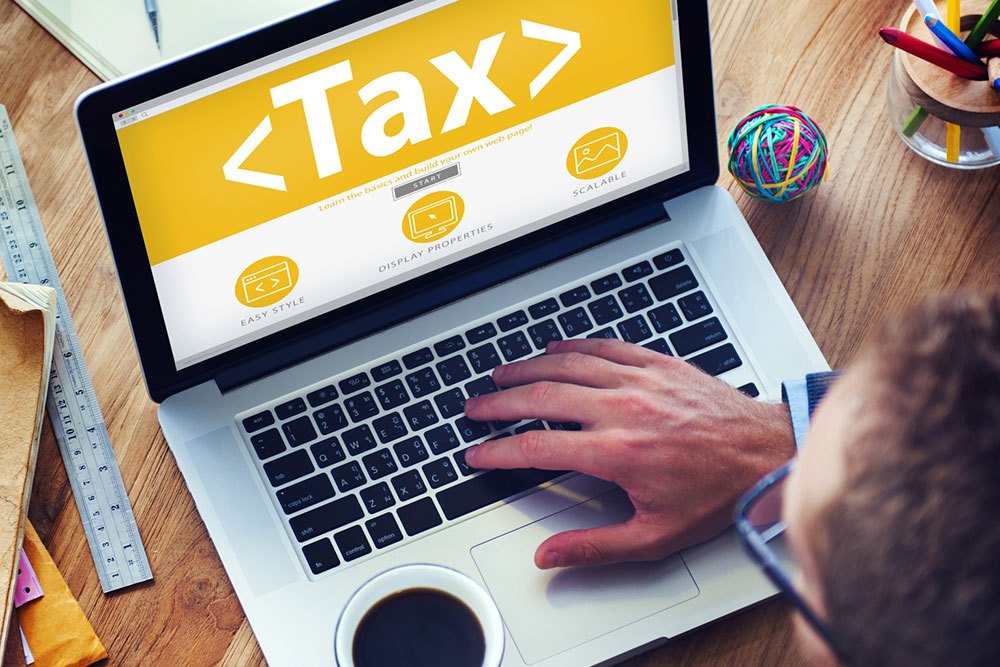Comprehensive Guide to Online Tax Filing: How to E-File and FAQs
This comprehensive guide provides a detailed overview of online tax filing, including step-by-step instructions, benefits, and tips for maximizing refunds. Learn how to e-file securely, efficiently, and in compliance with IRS standards, whether you're an individual taxpayer or small business owner. The article covers free and paid platforms, eligibility criteria, and best practices to streamline your tax submission process for a stress-free experience.

Your Complete Guide to Electronic Tax Submission and Frequently Asked Questions
The Significance of E-Filing Your Taxes
Opting for online tax filing is no longer just a convenience; it has become the standard practice for millions of Americans. The IRS offers various tools and resources to help individuals and businesses submit their tax returns digitally. E-filing streamlines the entire process, making it more accurate, faster, and safer than traditional paper-based submissions. It reduces errors from manual calculations, enables quick processing, and provides immediate confirmation of receipt. Furthermore, e-filing allows taxpayers to save time and avoid the hassles associated with mailing paper returns, such as delays and lost documents.
In an era where digital transactions and online services dominate daily life, embracing electronic tax filing aligns with modern efficiency and security standards. With the IRS continuously improving its online platforms, taxpayers benefit from user-friendly interfaces, integrated guides, and secure data handling—all designed to enhance the accuracy and security of your financial information.
Steps to Successfully E-File Your Taxes via the IRS
Filing your taxes electronically involves several key steps. Preparing meticulously ensures a smooth process and maximizes your chances of refunds or accurate payments. Here are detailed instructions to guide you through:
Gather All Necessary Documents Begin by collecting all relevant financial records for the tax year. This includes W-2 forms from your employers, 1099 income statements for freelance or side jobs, interest statements from banks, proof of health insurance coverage (such as Form 1095-A), receipts for charitable donations, mortgage interest statements, etc. Having these documents on hand prevents delays and errors during online data entry.
Determine Eligibility for Free Filing Options The IRS and partner platforms offer free filing programs for qualifying taxpayers. If your income is below certain thresholds, such as $66,000 or less, you can access IRS Free File software, which simplifies the process and reduces or eliminates costs. Special categories like military personnel, seniors, or individuals with disabilities may also qualify for free or discounted filing services, so verify your eligibility beforehand.
Select the Appropriate Tax Form and Software Use the IRS online portal or approved third-party software to choose the correct tax form—most commonly 1040, 1040A, or 1040EZ, depending on your financial situation. Many software providers guide you step-by-step, ensuring accurate completion of forms. It's advisable to select IRS-approved providers to guarantee compliance, security, and reliable support throughout your filing process.
Analyze Your Financial Data
Assess your total income, investments, and possible deductions. Keep track of deductible expenses such as medical costs, educational expenses, or retirement contributions. Accurate calculations help determine your total tax liability and reveal potential refunds owed to you.
Identify Tax Credits and Deductions
Take advantage of applicable credits and deductions to reduce your tax burden. These include claiming dependents, earned income credits, child care credits, education credits, and deductions for mortgage interest or charitable donations. Proper identification and documentation maximize your refunds and ensure you’re not paying more than necessary.
Benefits of Filing Taxes Online
Secure Record-Keeping Your submitted returns are stored electronically in encrypted servers, making future retrieval, validation, or amendments straightforward without rummaging through physical files.
Enhanced Accuracy and Confidence Online tax software simplifies complex calculations, prompts for missing information, and guides you through each step, significantly reducing human errors.
Expedited Process E-filing speeds up the overall duration from submission to processing. Many returns are processed within days, versus weeks for paper filings.
Faster Refunds When paired with direct deposit, online filers often receive refunds faster, sometimes within 1-3 weeks, compared to traditional mailing routes.
Data Security and Privacy Reputable e-filing services adhere to strict security protocols, ensuring your sensitive financial data remains confidential and protected against cyber threats.
Understanding the Costs of E-Filing
If your Adjusted Gross Income (AGI) is below $66,000, you can typically access free IRS-approved software through the IRS Free File program. For higher incomes or more complex financial situations, commercial tax software solutions charge fees generally ranging from $20 to $80 for federal filings, with additional charges applicable for state returns. Always compare options and choose reputable providers to safeguard your data and ensure compliance with IRS standards.
Popular Platforms for E-Filing
The IRS Free File program partners with various reputable providers such as TurboTax Free Edition, H&R Block, TaxSlayer, and others. These platforms offer user-friendly interfaces, detailed guidance, and step-by-step instructions to assist taxpayers. While free options suit simple returns, paid versions often include more advanced features like audit assistance, multi-state filings, and more extensive customer support. Prioritize IRS-authorized services to guarantee a secure and compliant tax submission.
In summary, electronic tax filing is a smart, secure, and efficient way to meet your tax obligations. Whether you are a first-time filer or an experienced taxpayer, understanding the process, benefits, and available resources can help you file accurately and promptly, ultimately saving you time and money during tax season.





